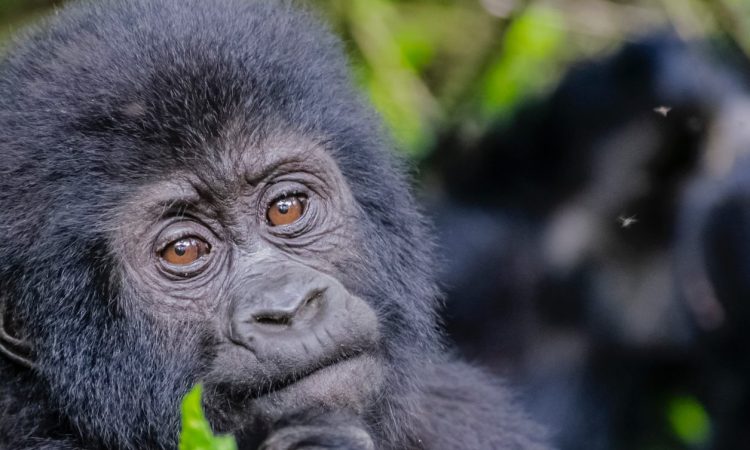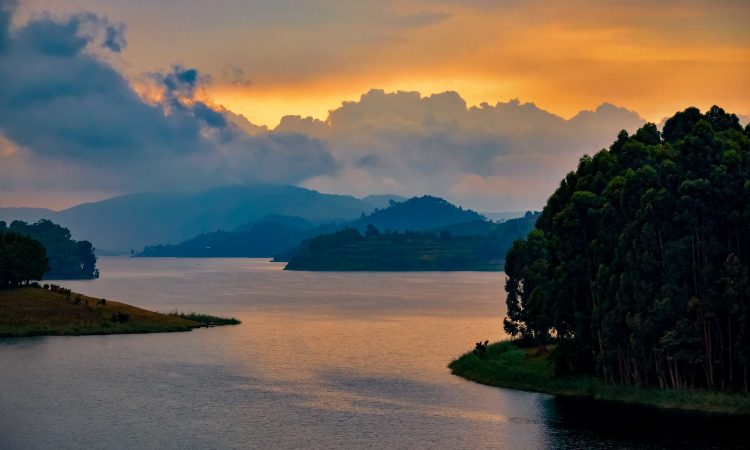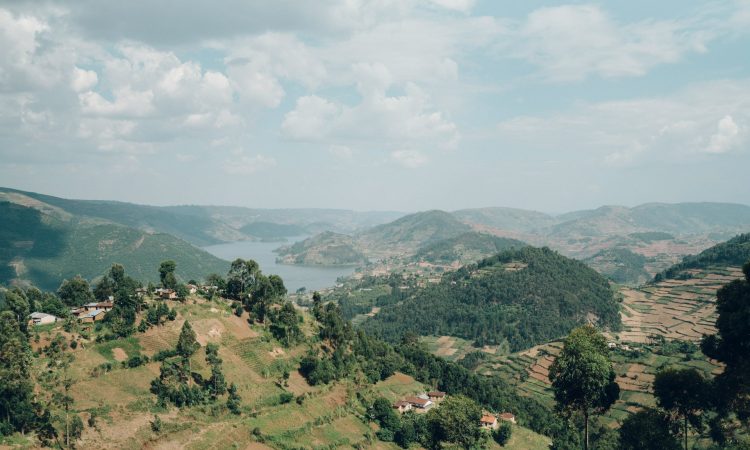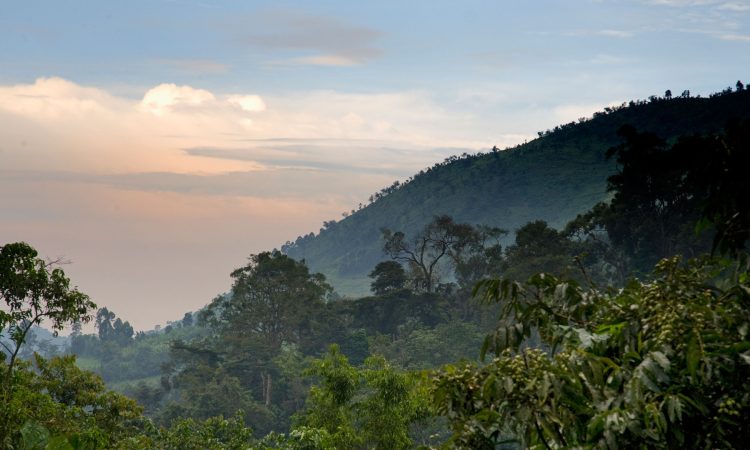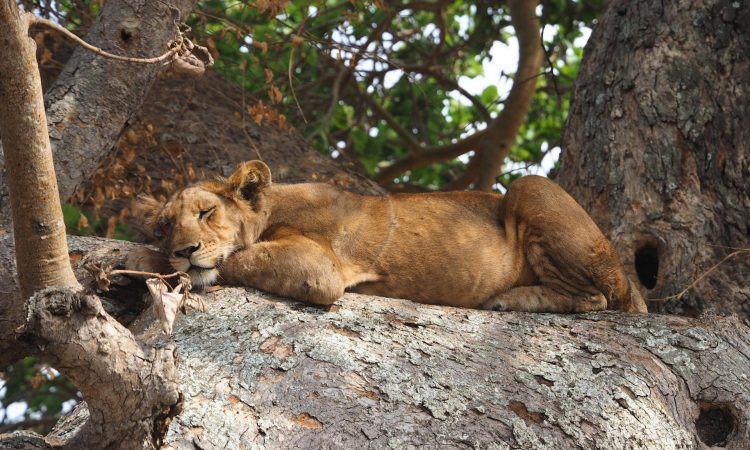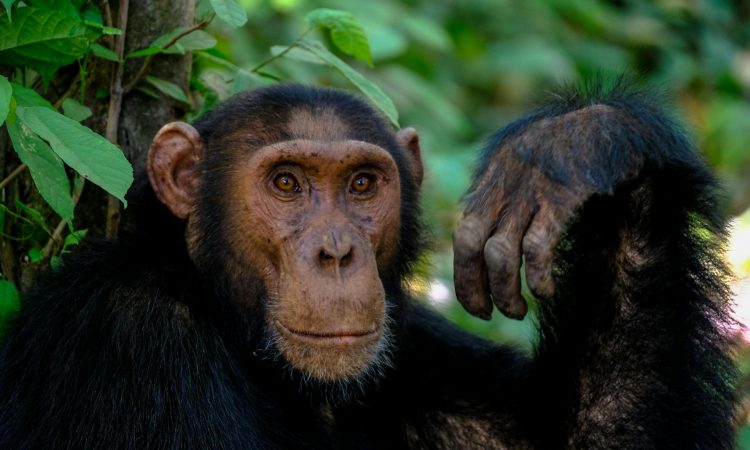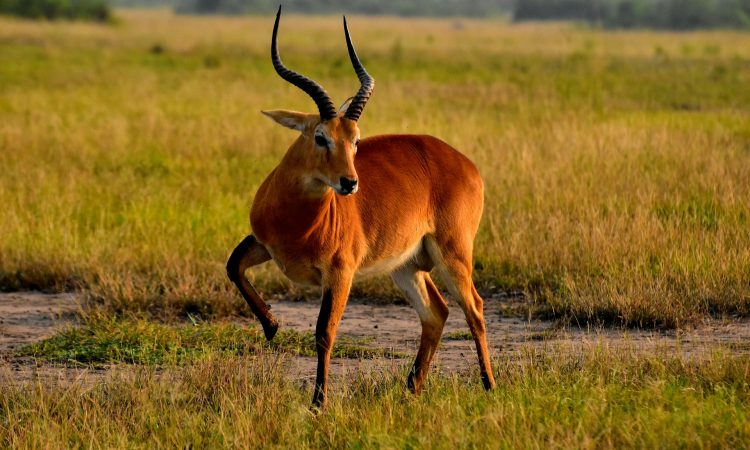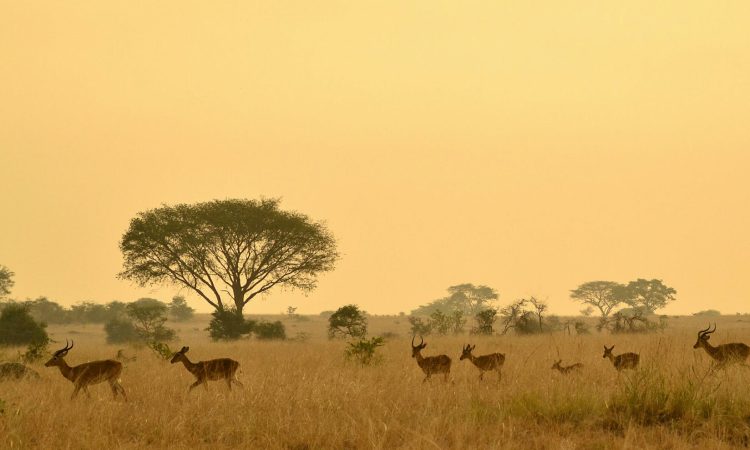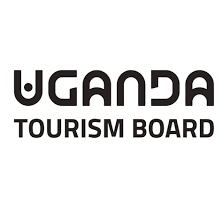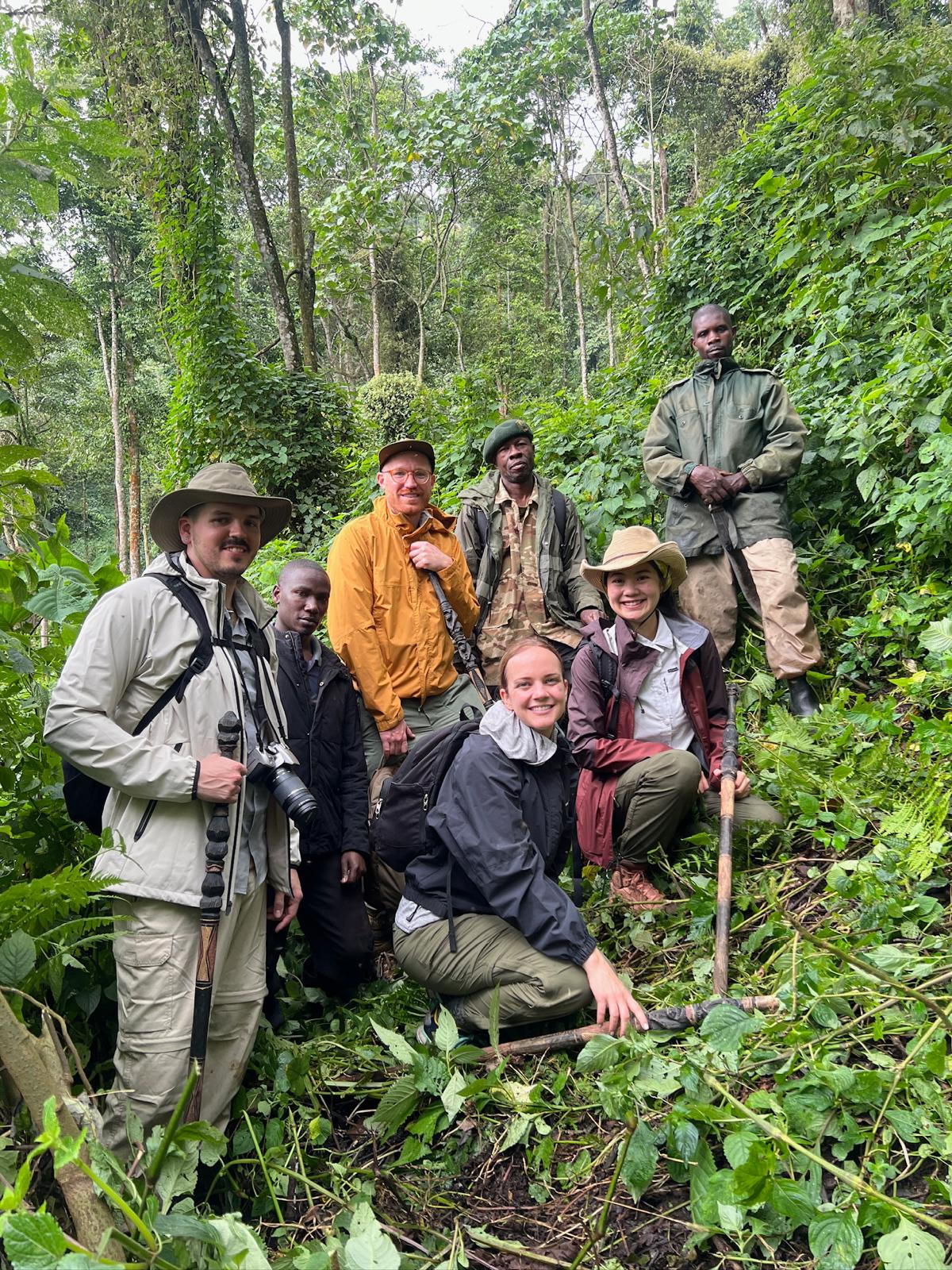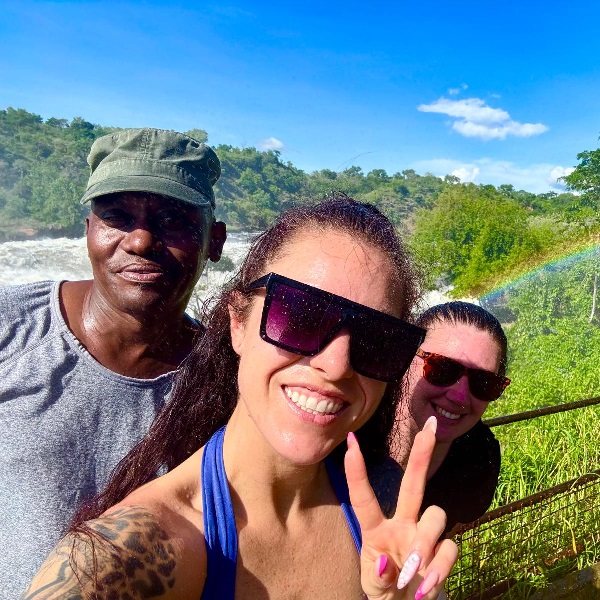The Virunga Mountains: Exploring East-Central Africa – The Virunga Mountains (Virunga Massif/Virunga Ranges) are a chain of mountains located in East-central Africa.
Spanning three countries, they cover the northwestern part of Rwanda, including Volcanoes National Park; the southwestern part of Uganda, encompassing Mgahinga Gorilla National Park; and the eastern part of Congo, forming part of Virunga National Park.
The name “Virunga” is derived from the Kinyarwanda word “ibirunga,” which means mountain range.
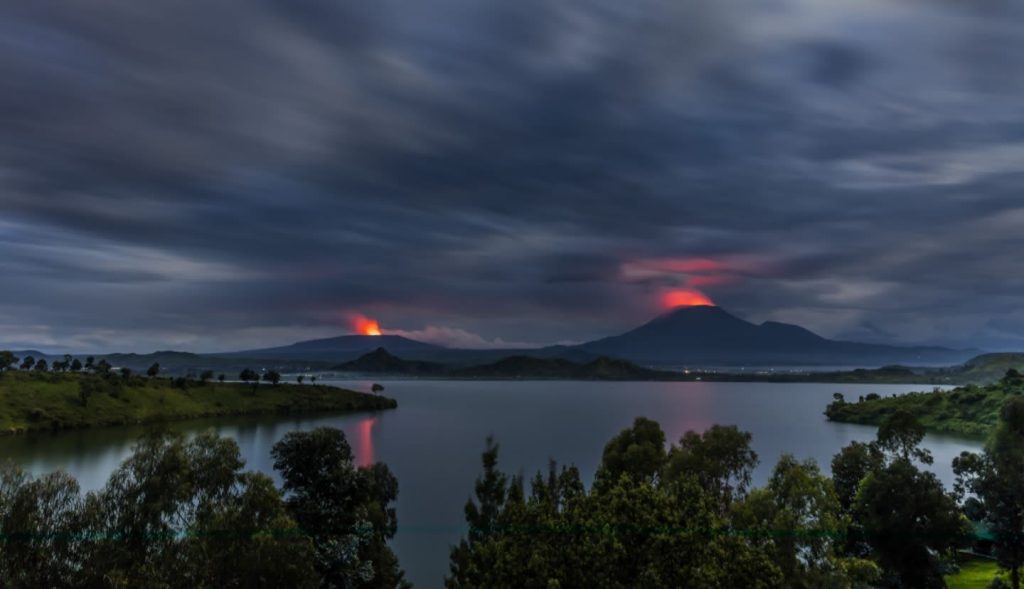
The mountain comprises eight major volcanoes, with only two active and the rest dormant. These volcanoes are evenly distributed across the three countries and include Mount Karisimbi, located on the Rwanda-DRC border; Mount Mikeno in DRC; Mount Muhabura along the Rwanda-Uganda border; Mount Bisoke on the Rwanda-D.R.C. border; Mount Sabyinyo, straddling Rwanda, Uganda, and DRC borders; Mount Gahinga along the Rwanda-Uganda border; Mount Nyiragongo; and Mount Nyamuragira in DRC.
- Mount Karisimbi: The tallest volcano, Mount Karisimbi, stands at 14,790 feet high, along the Rwanda-D.R. Congo border. Hiking this volcano does not require sophisticated mountaineering experience but is advisable for those in good health and physical condition. The hike typically takes about two days to reach the summit, offering clear views of Mount Nyiragongo and the eastern treasures of D.R. Congo. This activity is best undertaken during the dry season from June to August when the weather is favorable, making hiking easier.
- Mount Mikeno: Standing at 14,560 feet above sea level, Mount Mikeno is a dormant volcano located in eastern DRC. It is considered the toughest volcano to hike due to its steep forested slopes, which are habitats for endangered mountain gorillas in Virunga National Park, along with other wildlife species, including birds.
- Mount Muhabura: Mount Muhabura is the third highest volcano among the Virunga range, located on the border of Uganda and Rwanda. Hiking this volcano offers views of Rwanda’s twin lakes – Bulera and Ruhondo, near Volcanoes National Park, as well as five other volcanoes of the Virunga Mountains.
- Mount Bisoke: Also known as Visoke, Mount Bisoke is famous for its scenic crater lake on its summit. The mountain is covered with various levels of alpine vegetation, featuring bamboo forests and bushes. It takes a day to reach the top of this volcano and return to the starting point.
- Mount Sabyinyo: Mount Sabyinyo lies on the border of Uganda, Rwanda, and DRC. Named for its rugged slopes, which locals liken to an old man’s teeth, it is home to the Sabyinyo gorilla group in Volcanoes National Park. This group of gorillas is one of the easiest to trek on a gorilla safari in Rwanda. The hike presents a challenge but is highly rewarding, as the summit marks a tri-junction point where one can stand in three countries simultaneously. For those interested in hiking Sabyinyo, consider booking a 3-day Mount Sabyinyo safari.
- Mount Gahinga: Mount Gahinga is the smallest of the Virunga volcanoes in Uganda. It is a dormant volcano with a crater at its summit and swampy vegetation on the crater floor. Hiking this mountain takes a day and offers unmatched scenic views of the vegetation on its slopes. There are also volcanic caves that can be explored during the trek.
- Mount Nyiragongo: Mount Nyiragongo is renowned for its lava dammed lake, formed by recent eruptions that nearly claimed lives in the surrounding area. It is the most hiked volcano in the Virunga Mountains, located in eastern DRC. Nyiragongo is one of the most active volcanoes in the Virunga ranges and worldwide. Hiking this mountain takes two days, with mountain huts available at the summit where hikers spend a night before descending the following day.
- Mount Nyamuragira: Mount Nyamuragira is currently the most active volcano on the African continent. It has experienced numerous volcanic eruptions, with an active lava lake appearing recently for the first time in over 50 years. The Virunga Massif is home to a variety of national parks and conservation areas that house a range of wildlife, most notably the endangered mountain gorillas.
Location of the Virunga Volcanoes
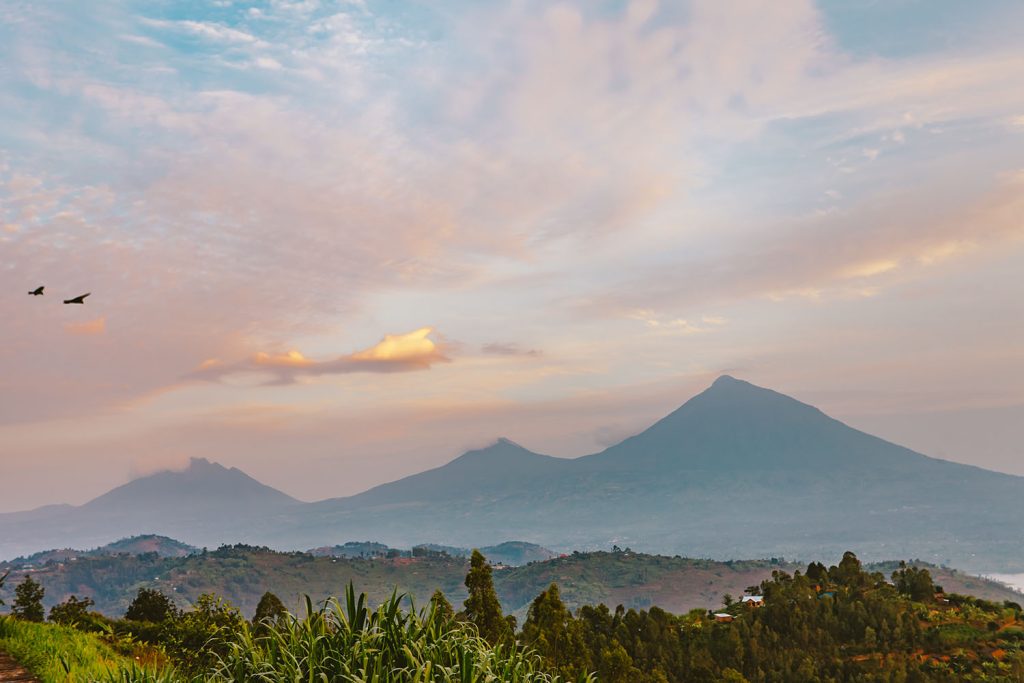
These mountains are located within the Virunga Conservation Area, comprising three national parks: Mgahinga Gorilla National Park in Uganda, Volcanoes National Park in Rwanda, and Virunga National Park in Congo.
Virunga National Park, covering an area of 7,800 sq.km in eastern DRC, stands as the largest and oldest conservation area in Africa, within the broader Virunga Massif, alongside Nyiragongo and Nyamuragira volcanoes. Gazetted in 1925 and designated a UNESCO World Heritage Site in 1979, Virunga National Park is home to threatened species including mountain gorillas, elephants, African buffaloes, and much more.
Mgahinga Gorilla National Park covers an area of approximately 33.7 sq.km, making it Uganda’s smallest national park. Located in the southwestern region, it is part of the Virunga Conservation Area and was established in 1991 as one of Uganda’s unique parks hosting both mountain gorillas and golden monkeys. Three of the eight major volcanoes are found within this park, including Mount Sabyinyo, shared by all three countries.
Volcanoes National Park, situated in northern Rwanda, covers an area of 160 sq.km and borders five volcanoes of the Virunga Mountains. The park is home to mountain gorillas, golden monkeys, and other endangered species.
Several tourist activities are conducted in these parks, such as gorilla trekking, golden monkey trekking, cultural encounters, hiking, nature walks, lake and cave tours, and more. It is important to note that the Virunga Conservation Area and Bwindi Impenetrable National Park are the only places in the world where mountain gorillas can be found.


